It goes without saying that, in art, the line between originality and gimmickry is as fine as that of a 9H pencil. If, for example, we’re agreed that the Cubists did a neat line in the former category, we can probably say that the Stuckists did not.
The same rule applies to ambitious curators; all too often in major museum shows, we see attempts to contextualise, or even rewrite art history. Some work, some don’t. It’s also true that our insatiable thirst for surprise often leads us to mistake novelty gestures for the Shock of the New.
Back in 2000, curator Mark Francis (now co-director of Larry Gagosian’s London operation) initiated a project called fig-1. The aim was to put on 50 exhibitions in 50 consecutive weeks. It was a brave exercise in spontaneity at a time when ‘pop-up’ was a phrase associated with Jack-in-a-Boxes, not central London floorspace.
Nothing of this nature on this big a scale had ever been done before. But amazingly, it worked. Francis managed to pull in big names including Richard Hamilton and Anish Kapoor, and gave them equal billing to younger artists who otherwise couldn’t have got themselves noticed.
Now, after a long period of negotiations, the project has been revived at the ICA with the help of a bizarre patchwork of benefactors; to name a few, there’s Bicester Village, Outset art fund and Phillips as well as Sipsmith Independent Spirits, who are providing the booze for the weekly openings. When I first got wind of it at the end of last year, I was not overly optimistic.
There were some clear problems. fig-1 was a bolt of electricity to the London art scene 15 years ago. Since then, its spontaneous, ephemeral proviso has been much imitated. And with the cost of renting a gallery space in London, this is hardly surprising. So what, I wondered, was the value of repeating a trick that has now become old hat?
Worse, I thought, fig-2 (as it has inevitably been branded) was bound to be contemporary art’s answer those 10-minute performances of entire Shakespeare plays. That is, an impressive but ultimately insubstantial party trick.
By the time you read this, fig-2’s fifth show will be underway. I’ve been dutifully dropping into the ICA project space a couple of times per week over the course of its first month. And to my surprise, I’ve found myself defending the project against the very criticisms I’ve just voiced.
Make no mistake – the first four shows have not been blockbusters. Sensationalism this ain’t. You might even go as far as saying they’ve been counter-intuitively modest. On the whole, though, what we’ve had so far has been pretty impressive.
I suspected the opening show, Laura Eldret’s The Juicers, might have been a statement on the part of fig-2 organiser Fatoş Üstek. A project based around traditional Mexican Zapotec crafts is hardly the stuff of zeitgeist, and it seemed a strange note for the programme to begin with. But this is not to sniff at Eldret’s work; the Independent’s Zoe Pilger deemed it ‘underwhelming’ – I beg to differ.
There is a colourful and weirdly seductive character to The Juicers, and it was fascinating to see the fragments of a project that Eldret will continue to explore. It felt a bit like opening a scrapbook full of exciting but half-realised ideas – you’re left champing at the bit to see where they lead.
I like Charles Avery’s art a lot. It’s a more or less fantastical body of work based around an imagined island – think William Blake and Hogarth talking postmodernism in David Shrigley’s restaurant. But I wasn’t convinced by what he put forward for fig-2. You’re guaranteed a certain level of scrappiness with a programme, but this second show seemed too slight, too elliptical.
That said, who knows where he’ll take this fragment of an idea? I can’t say that his projection of two transparent rectangles grabbed me in the same way that Eldret’s fruit gum explosion of textiles and colour did, but this may be the (very) sketchy genesis of something terrific.
The third show, by Japanese video artist Hiraki Sawa, was the closest thing yet to a finished product. Curiously, it’s also the weakest project so far. Two films tell the pretty but rather old-hat story of an amnesiac searching for his memories. There are echoes of Tarkovsky’s Stalker in the dim colouring, and Sawa is clearly well versed in the language of surrealist cinema. But they left me cold.
The fourth show was a different box of snakes entirely. Poet Simon Welsh was the principal presence in his own exhibition. The text of his poetry lined a box of wall dividers, in which Welsh himself sat, ready to chat with anyone and everyone – including me.
What I got from our conversation was that Welsh isn’t so much a poet as a compulsive rhymer. He quite literally can’t help himself from turning current affairs, conspiracy theories and his own experience into childlike verse. On paper, this should be extremely irritating – but his manic and evidently sincere enthusiasm leaves you walking out into Trafalgar Square with all your prejudices and received ideas shaken up.
On the day I met him, he offered a better argument for fig-2’s existence than I could’ve done. He had, he said, been invited to take his residency less than two weeks before – halfway through Charles Avery’s slot. Perhaps more significantly, when Ustek phoned him, he had to interrupt her to ask what the ICA was.
Call me a Pollyanna, but this was the last nail in the coffin for my scepticism. This spirit of anarchic, off-the-hoof planning stays true to the ICA’s radical 1960s origins. More to the point, it’s fantastic that for the next 46 weeks at least, London has a platform for works in progress. Ideas come and ideas go. Part of the point is that the form is not prescriptive. Much of the work here might be slight, of course. But what is art if not an exercise of the freedom to change your mind?
fig-2 is at the Institute of Contemporary Arts (ICA), London, until 20 December.
Unlimited access from just $16 every 3 months
Subscribe to get unlimited and exclusive access to the top art stories, interviews and exhibition reviews.

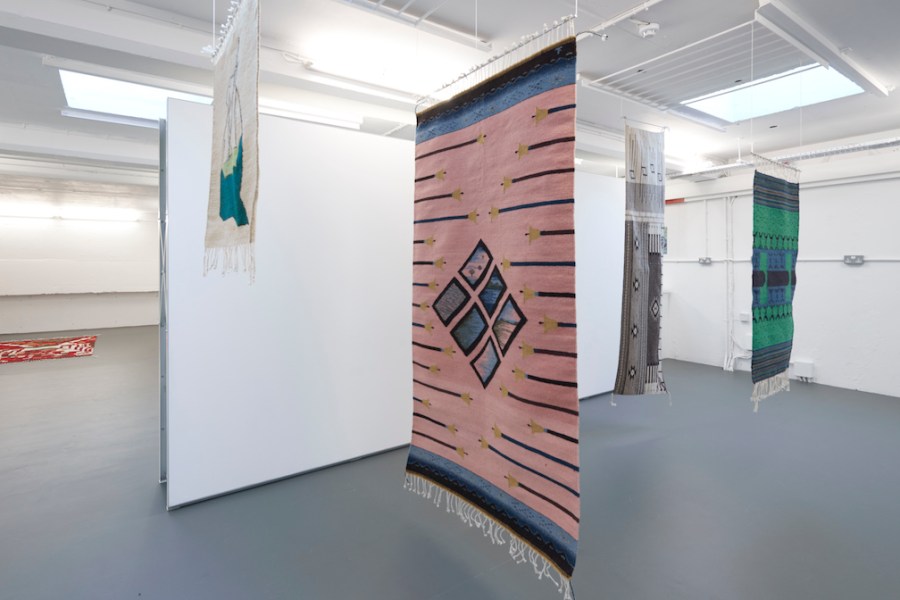
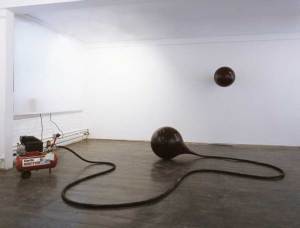
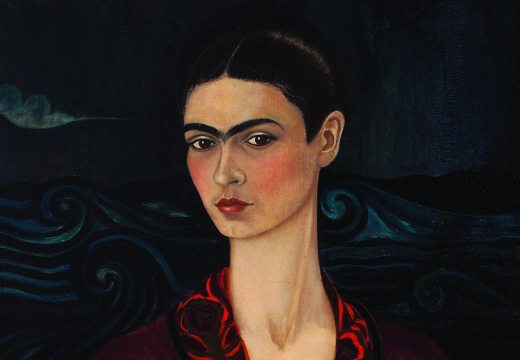
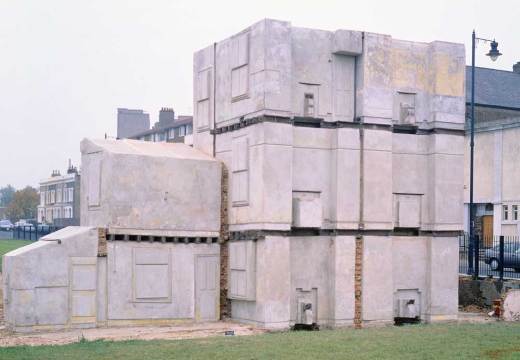
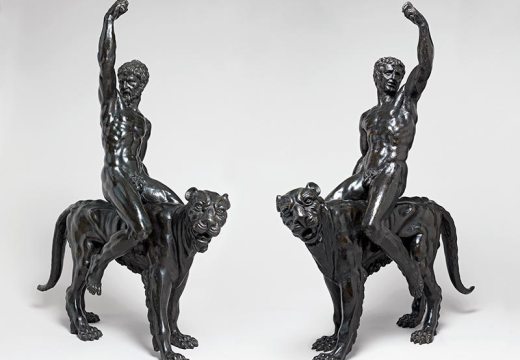









![Masterpiece [Re]discovery 2022. Photo: Ben Fisher Photography, courtesy of Masterpiece London](http://www.apollo-magazine.com/wp-content/uploads/2022/07/MPL2022_4263.jpg)
Why are fathers so absent from art history?